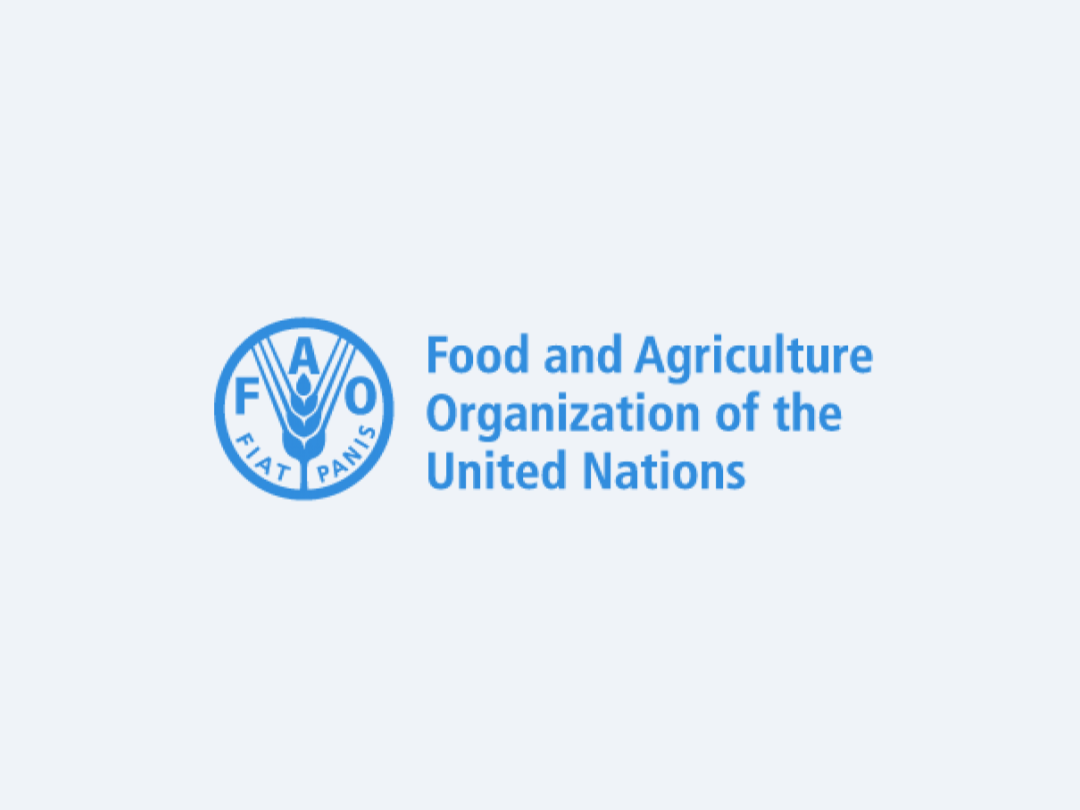FAO’s latest biannual forecast on global food markets points to favorable production outlooks across most basic foodstuffs. However, global food production systems remain vulnerable to risks from extreme weather events, rising geopolitical tensions, and policy changes, potentially tipping the delicate demand-supply balances and dampening prospects for international trade in food commodities and global food security.
WHEAT: Despite an anticipated decline in global wheat production in 2023, global supplies are expected to remain at a comfortable level in 2023/24 owing to large carryover stocks. Global wheat trade is predicted to contract, reflecting weaker global import demand and tightening supplies in some major exporting countries.
COARSE GRAINS: Global coarse grain supplies are forecast to rebound in 2023–24, largely stemming from an expected record maize production. Higher supplies should support an increase in global utilization and stocks, while world trade in coarse grains may decline.
RICE: Although current prospects for 2023/24 point to a likely recovery in world rice production and stocks, high levels of international and domestic rice prices, against the backdrop of an intensification of rice export restrictions, dampen expectations of a discernible revival in world rice utilization and trade.
OILCROPS: Preliminary forecasts for 2023–24 point to continued production expansion for oilseeds and derived products. While world consumption of oils and fats is expected to marginally exceed global output, resulting in a slight stock drawdown for the product, world oilmeal carryover inventories are forecast to reach a four-year high.
MEAT: World meat production is forecast to expand in 2023, albeit slowly, driven by a greater supply of animals for slaughter amid favorable production conditions in some leading producing regions. Meanwhile, international trade in meat is seen heading towards a contraction as high inflation, sluggish economic growth, and accumulated stocks lower import demand.
SUGAR: World production of sugar is forecast to decline in 2023–24, after increasing for two consecutive seasons, and fall short of global consumption. World trade in sugar is predicted to contract slightly because of expected reduced availabilities in key exporting countries.
DAIRY: World milk production is forecast to expand in 2023 at a slightly higher pace than in the previous year, reflecting expected production growth in Asia. Meanwhile, rising domestic production, increased stock levels, and economic challenges in key importing countries could lead to a slight contraction in global dairy trade.
FISHERIES: Growth in fisheries and aquaculture production is forecast to stagnate in 2023, increasing only marginally over 2022 levels. A high rate of global inflation and a strong United States dollar have dampened consumer demand, while the impact of the current El Niño weather event is being keenly felt, with a reduced supply of certain species.
Source: https://www.fao.org/3/cc8589en/cc8589en.pdf
WHEAT: Despite an anticipated decline in global wheat production in 2023, global supplies are expected to remain at a comfortable level in 2023/24 owing to large carryover stocks. Global wheat trade is predicted to contract, reflecting weaker global import demand and tightening supplies in some major exporting countries.
COARSE GRAINS: Global coarse grain supplies are forecast to rebound in 2023–24, largely stemming from an expected record maize production. Higher supplies should support an increase in global utilization and stocks, while world trade in coarse grains may decline.
RICE: Although current prospects for 2023/24 point to a likely recovery in world rice production and stocks, high levels of international and domestic rice prices, against the backdrop of an intensification of rice export restrictions, dampen expectations of a discernible revival in world rice utilization and trade.
OILCROPS: Preliminary forecasts for 2023–24 point to continued production expansion for oilseeds and derived products. While world consumption of oils and fats is expected to marginally exceed global output, resulting in a slight stock drawdown for the product, world oilmeal carryover inventories are forecast to reach a four-year high.
MEAT: World meat production is forecast to expand in 2023, albeit slowly, driven by a greater supply of animals for slaughter amid favorable production conditions in some leading producing regions. Meanwhile, international trade in meat is seen heading towards a contraction as high inflation, sluggish economic growth, and accumulated stocks lower import demand.
SUGAR: World production of sugar is forecast to decline in 2023–24, after increasing for two consecutive seasons, and fall short of global consumption. World trade in sugar is predicted to contract slightly because of expected reduced availabilities in key exporting countries.
DAIRY: World milk production is forecast to expand in 2023 at a slightly higher pace than in the previous year, reflecting expected production growth in Asia. Meanwhile, rising domestic production, increased stock levels, and economic challenges in key importing countries could lead to a slight contraction in global dairy trade.
FISHERIES: Growth in fisheries and aquaculture production is forecast to stagnate in 2023, increasing only marginally over 2022 levels. A high rate of global inflation and a strong United States dollar have dampened consumer demand, while the impact of the current El Niño weather event is being keenly felt, with a reduced supply of certain species.
Source: https://www.fao.org/3/cc8589en/cc8589en.pdf
